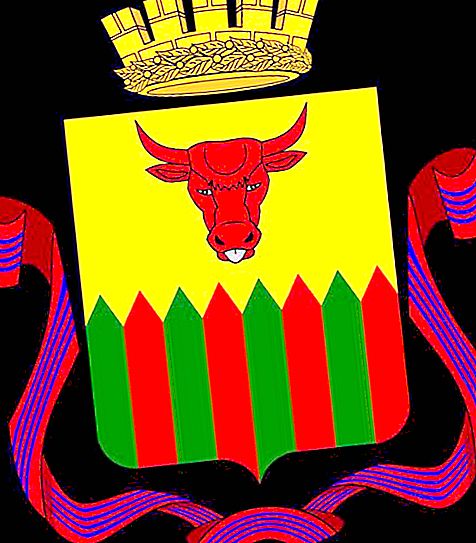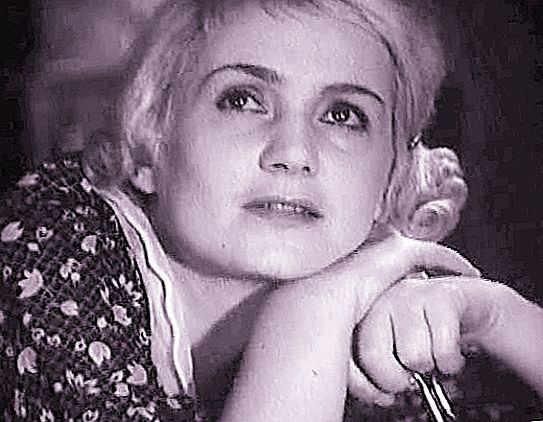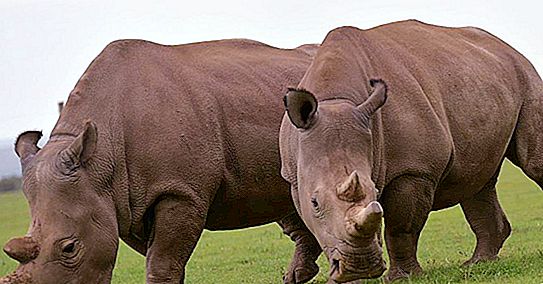The territory where modern Chita is now located, in ancient times was inhabited by Mongols and Turks. Later, the Tungus nationality was formed on these lands. The Tungus (Evenki) were a very strong and hardy people. That is why they were able to survive in such harsh environmental conditions. In the XVII century, the first Russian immigrants came to the Tunguska lands - the Cossacks of Peter Ivanovich Beketov. Beketov’s detachment was sent by Tsar Alexei Mikhailovich to the Shilka River to erect the first fortification in these places - the Shilkinsky (Nerchinsky) prison.
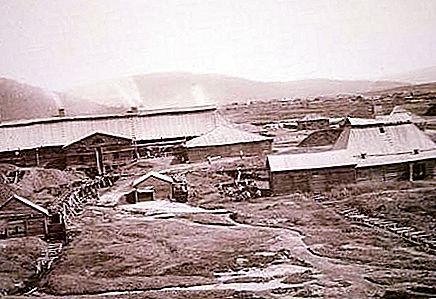
Beketov’s detachment stopped for the winter off the banks of the Ingoda River, before reaching Shilka, and set up a camp there. A few years later, the second Russian detachment came to these lands, led by the governor Athanasius Pashkov. In a place near the confluence of the Ingoda and Chitinka rivers, he arranged a small village called Plotbische, from which the history of Chita began.
The history of the formation of the coat of arms
The first coat of arms of the city of Chita was approved in 1913. The decree on this was signed by Emperor Nicholas II on April 26 according to the old style.

After the revolutionary events of 1917 and the formation of the young Soviet state, the old state symbols, including the coats of arms, were canceled.
In 1994, thanks to local historians, work began on the restoration of the coat of arms of Chita. The coat of arms has been restored. Chita was one of the first among other Russian cities to establish its official symbolism. The historical appearance of the coat of arms of the city was reconstructed thanks to the active work of the Chita architect Viktor Ivanovich Kulesh.
Updated coat of arms
The coat of arms of Chita was legitimized thanks to the adoption of the First Charter of Chita, which involved the development of official symbols of the city. However, in 2002, the Heraldic Council of the Russian Federation developed new heraldry rules. According to them, the symbols of the Chita coat of arms did not correspond to the territorial-administrative status of the modern state. As a result, a new Regulation on the coat of arms of Chita was developed and adopted on November 15, 2007.
The draft of the new symbol was approved by the Chita State Duma in November, and legalized at the state level on December 15, 2007. The changes affected not only the coat of arms, but only some of its optional parts. Instead of ears, the crown was surrounded by a laurel wreath, five teeth appeared at the crown instead of three, and the ribbon of the Order of the October Revolution began to surround the shield. Chita was awarded the Order in 1972. Ribbon of the Order of red color with blue longitudinal stripes. Such a ribbon decorates a significant award in the Soviet state - the Order of Lenin - and symbolizes courage, courage, selflessness in defending the homeland.
Coat of arms description
The coat of arms of Chita depicted in the photo is made up of parts approved by the Heraldic Office. An obligatory part of this coat of arms is a shield of French (rectangular) shape, divided into several parts. According to the description of the coat of arms of Chita, it means that the upper part of the shield is golden, the lower part is made of enamel (enamel) of two colors - green and red in the form of a palisade. The palisade has eight teeth.
According to the history of Chita, their number is associated with the development in the XVII century by Russian immigrants, explorers of the Chita region and their founding of eight prison houses - Selenginsky, Barguzinsky, Undinsky, Yenravinsky, Telembinsky, Irgensky, Albazinsky. The colors for the palisade were not chosen randomly. There is a version that the border posts that separated the Chita lands from Mongolia and China were of that color. It is associated with the historical role that Chita performed at the beginning of the 20th century. It was Chita who established trade relations between the Russian Empire and these states.
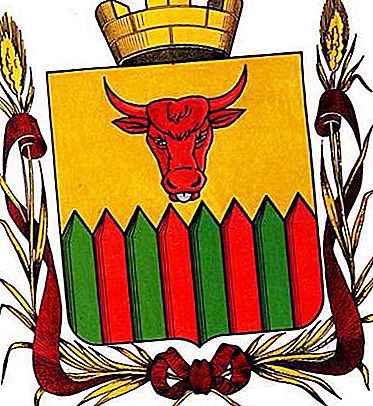
Optional parts of the coat of arms of Chita include: image on the shield, crown, bast, ribbon. In the center of the upper field of the shield is the head of a red bull with a silver tongue and eyes, depicted full-face. Above the shield is a golden three-toothed crown. Ears of gold were used as a mark. On the sides of the shield is wrapped around the Alexander ribbon - two-tone red with orange stripes. This ribbon is a ribbon of the Order of St. Alexander Nevsky and in the coats of arms symbolizes military prowess. In addition, the ribbon of this order was often used in tsarist Russia in the arms of the regions, city administrations and district cities.
Symbols of the coat of arms of Chita
| Picture | Allegories |
| Buffalo head | Traditional cattle breeding |
| Silver eyes and buffalo tongue | Daurian silver crafts |
| Golden field shield | Gold crafts in Chita land |
| Fence (Palisade) | Traditional building craft |
| 8 pieces of palisade | 8 fortifications, fortifications, erected in the Chita region in the XVII century |
| Red-green color of the palisade | Border posts on the border with China and Mongolia |
| Tower gold crown | Regional city |
| Golden ears | Traditional farming |
| Alexander ribbon | Here are the military controls |

